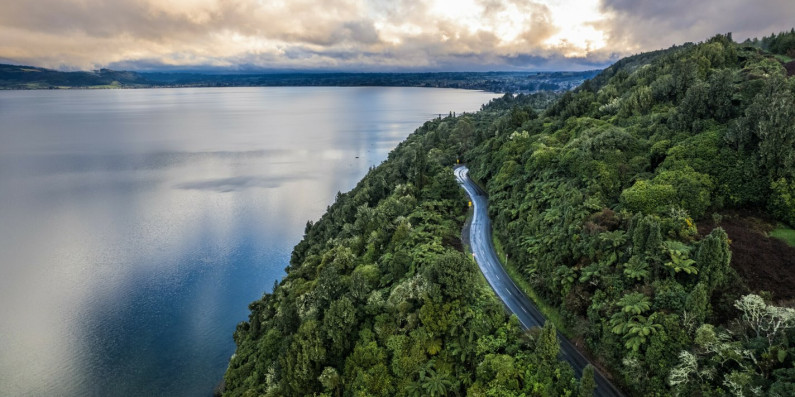
NZ ETS review: Consultation now closed
New Zealanders were invited to have their say on a review of the design of the New Zealand Emissions Trading Scheme (NZ ETS) and its permanent forestry category.

New Zealanders were invited to have their say on a review of the design of the New Zealand Emissions Trading Scheme (NZ ETS) and its permanent forestry category.
NZ ETS review consultation - quick submission
NZ ETS permanent forestry category redesign consultation
An inter-agency team consisting of the Ministry for the Environment, the Ministry for Primary Industries and the Ministry of Business, Innovation and Employment is conducting the review.
The consultations closed on 11 August 2023.
The review is to ensure the NZ ETS is best equipped to reduce climate pollution at source while also supporting greenhouse gas removals.
The NZ ETS in its current form may not be incentivising emissions reductions. This is because it is cheaper for most companies to pay for their emissions rather than invest in ways to reduce them.
The review will focus on the benefits, trade-offs and risks of changing the NZ ETS to incentivise emissions reductions.
It follows advice from He Pou a Rangi – Climate Change Commission. It recommended that the Government consider amending the NZ ETS to provide more robust support for emissions reductions, alongside enduring support for emissions removals through forestry.
The review recognises that forestry is needed to contribute to global efforts to address climate change and emissions reductions to 2050 and beyond.
However recent modelling suggests that under the current settings an overabundance of forestry could see the price of carbon decline within the next decade. This would further disincentivise decarbonisation.
Currently, the price of carbon is not high enough to drive significant decarbonisation changes in the energy, transport and waste sectors. The Government is proposing four options if decisions are made to change the NZ ETS design.
In the short-term this would incentivise polluters to reduce emissions faster and landowners to plant more trees. In the long-term with more removals from activities like forestry the price of carbon would be likely to drop.
This may raise the price of carbon, incentivising emissions reductions and removals. But this option includes a lot of uncertainty, and demand from overseas carbon markets is likely to be limited.
This means emitters will need to purchase more emissions units from the Government or draw from stockpiled emissions units. This may encourage emitters to reduce their emissions, but it may not encourage new forests to be planted.
Emitters would purchase more New Zealand Units (NZUs) from the Government instead. The Government could purchase the removals from forestry to ensure new forests continue to be planted.
As part of the review, the Government will also consider whether the NZ ETS should be changed to:
While a higher carbon price leads to faster emissions reductions, it is likely to have a knock-on effect of higher prices for goods and petrol.
The Government recognises the potential impacts of higher carbon prices, particular on lower-income families. Strategies for supporting a fair transition are included in the Government’s emissions reduction plan.
The Government has heard that more urgent climate action is required. Māori communities are disproportionately vulnerable and already facing the impacts of climate change. Māori also have significant interests in forestry land.
Three public and two iwi/Maori webinars discussing the ETS Review and ETS Permanent Forestry Category Redesign were held in June and July. Please see below for recordings.
A Question and Answer summary from the webinars will be uploaded shortly.
| Date | ||
| Thursday 29 June, 6.30pm - public webinar | Video link | Presentation |
| Friday 30 June, 12.00pm - Māori/Iwi webinar | Video link | Presentation |
| Thursday 27 July, 3.00pm - Modelling summary webinar | Video link | Presentation |